Books
Sedimentary Geology and the Civil War
I'm sure Hippensteel's new book (Sand, Science, and the Civil War) is quite interesting (especially if you're a Civil War buff), but the extreme narrow focus of his argument made me laugh. From a review:More info: University of Georgia Press

Posted By: Alex - Fri Dec 01, 2023 -
Comments (4)
Category: War, Environmentalism and Ecology, Books, Nineteenth Century
What a Life! An Autobiography
You might enjoy this very silly book.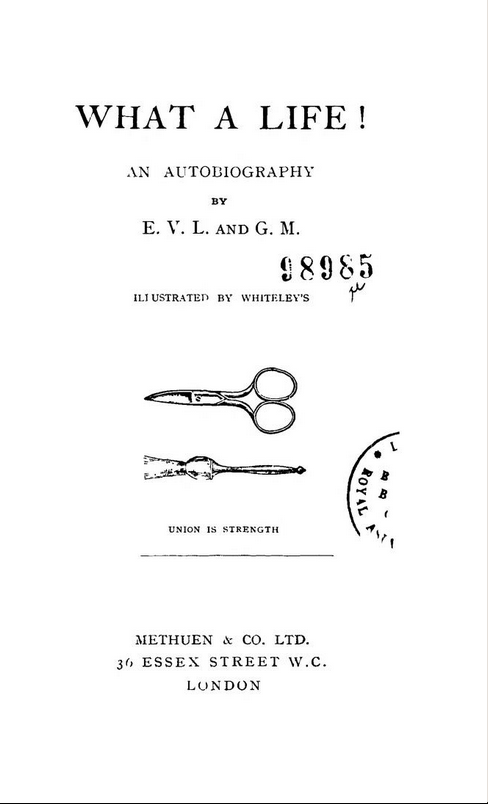
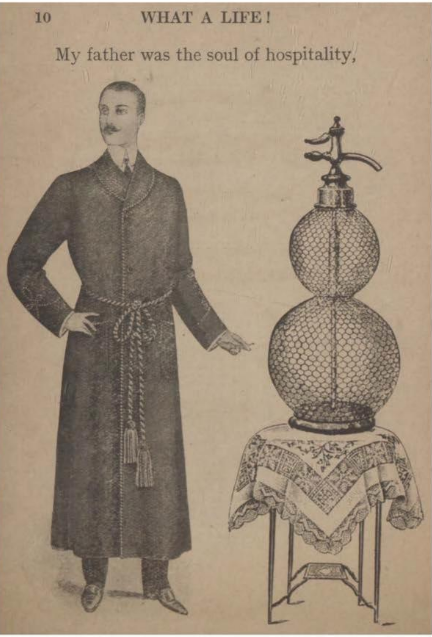
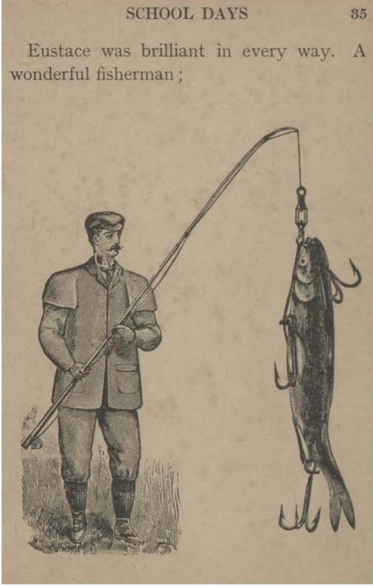
Posted By: Paul - Sat Nov 18, 2023 -
Comments (2)
Category: Art, Surrealism, Humor, Books, 1910s
If God loves me, why can’t I get my locker open?
A profound theological puzzle. First published in 1980.Lorraine Peterson is also the author of Why Isn't God Giving Cash Prizes?.

Posted By: Alex - Thu Nov 09, 2023 -
Comments (3)
Category: Religion, Books, 1980s
How to read (and finish) Finnegans Wake
Finnegans Wake is a notoriously difficult book to read. But Gerry Fialka and his book group figured out a way to do it. They read it very slowly. Very, very slowly. They read two pages a month, and then would meet to discuss those pages.They started doing this in 1995, and a few weeks ago (Oct 2023) they reached the end. So it took them 28 years, but they finished the book. Now they're starting over.
More info: Orange County Register
Related post: The coach with the six insides
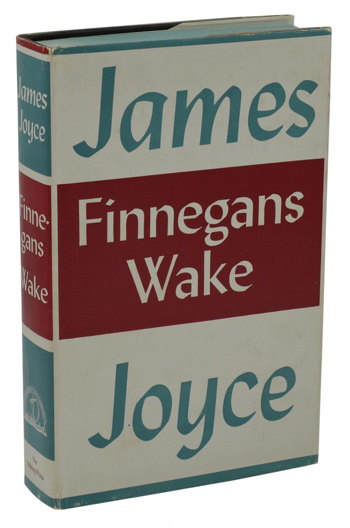
Posted By: Alex - Mon Oct 30, 2023 -
Comments (1)
Category: Literature, Books
Mental Magnetism
Read it here.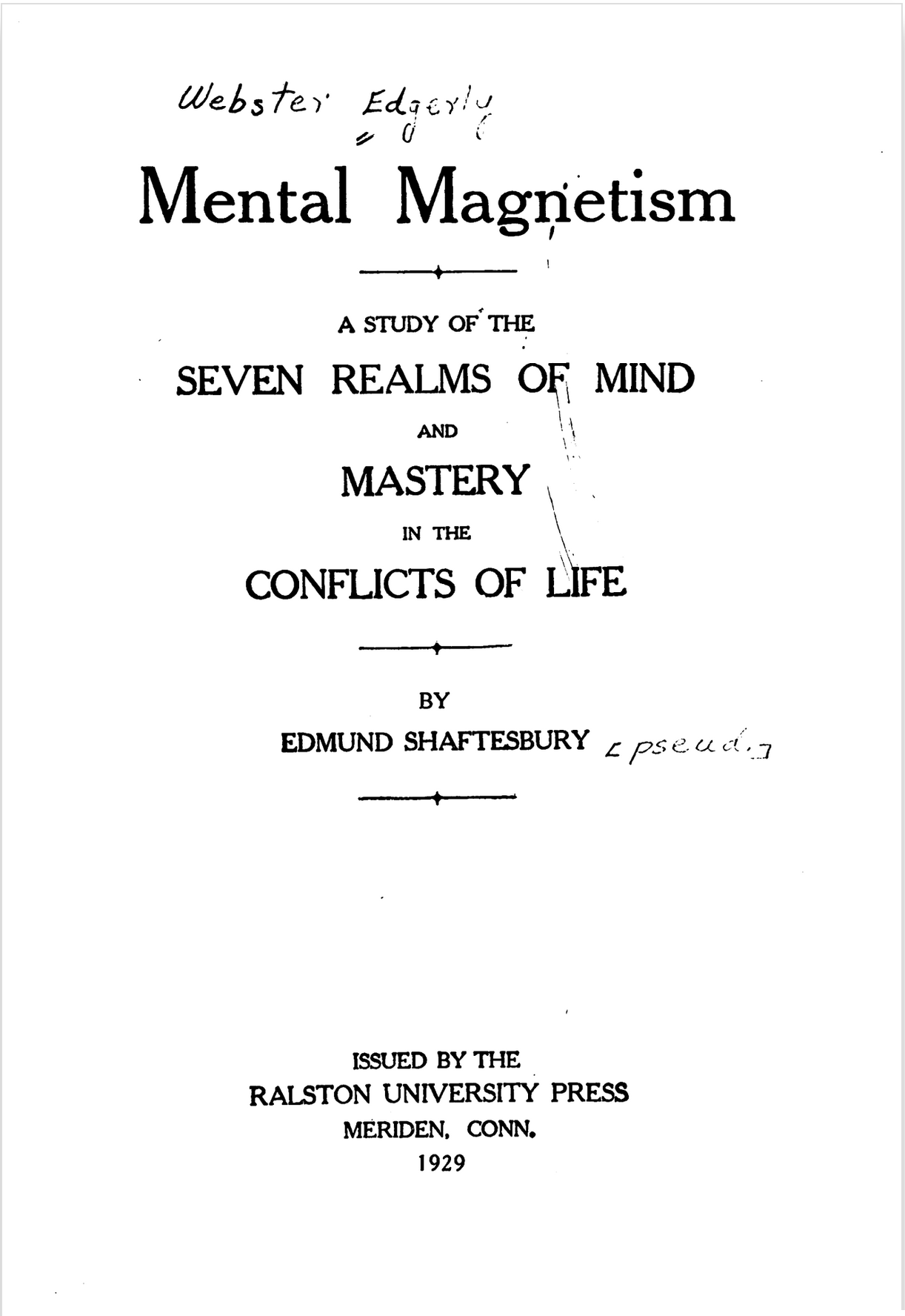
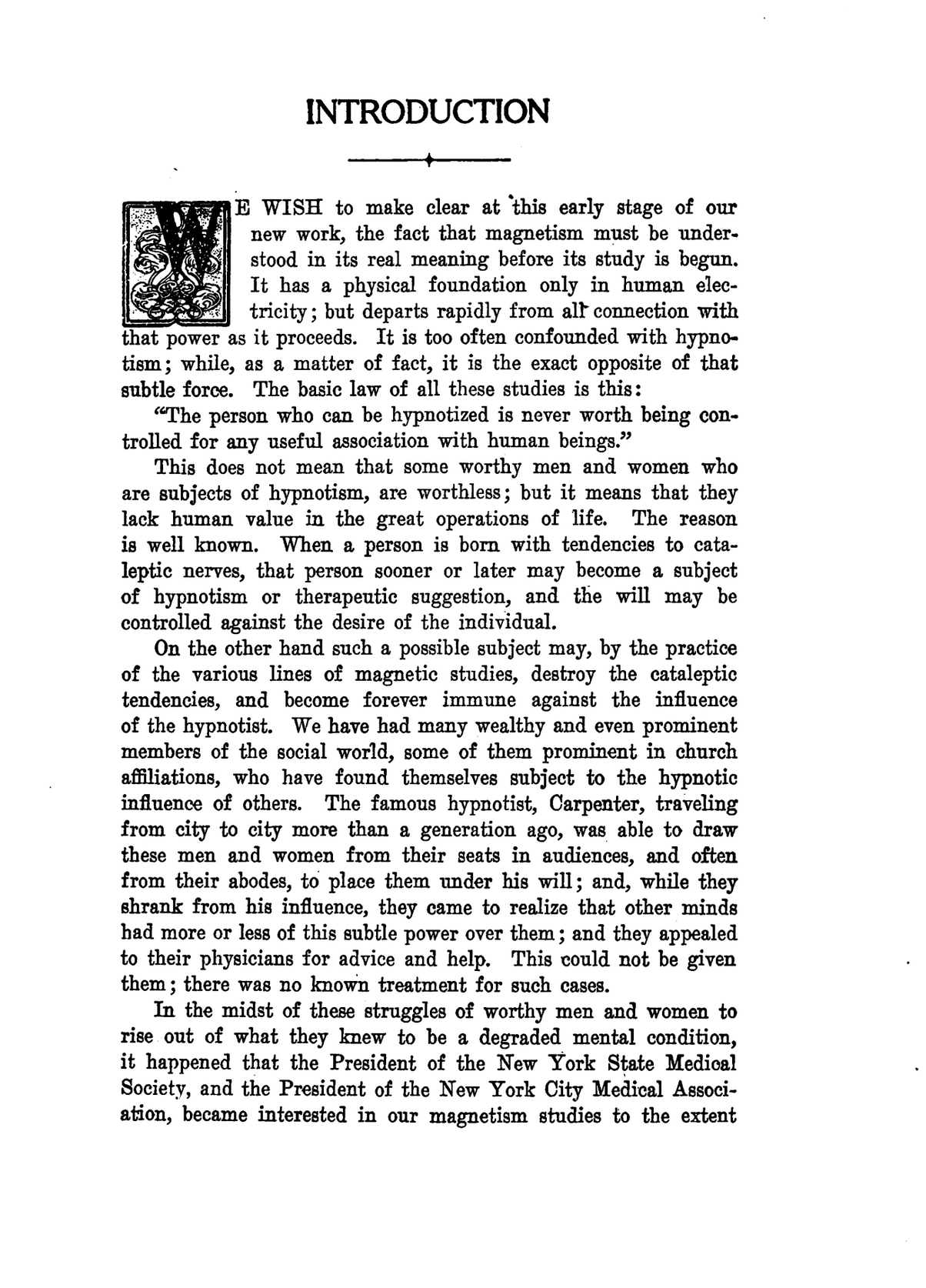
Posted By: Paul - Mon Oct 30, 2023 -
Comments (5)
Category: New Age, Supernatural, Occult, Paranormal, Patent Medicines, Nostrums and Snake Oil, Books, 1920s
Cold War Coloring Books
AboutComics.com recently released an expanded edition of Cold-War Coloring: Political Adult Coloring Books of the Kennedy Era, and WU played a small part in its creation.The book collects together politically-themed, satirical coloring books of the 1960s. Such as the JFK Coloring Book and Khrushchev’s Top Secret Coloring Book.
For the expanded edition the editor, Nat Gertler, wanted to include the Sing along with Khrushchov coloring book, published in 1962. However, he couldn't find a copy of it. There were no copies in libraries and none for sale.
Then he discovered that we here at WU happened to have posted a scanned copy of it online back in 2020. I tried to connect him with the reader who had sent us the scanned copy, so that he could get a higher-quality version of the pdf, but no luck there. But thankfully Nat was able to make do with the copy we had. So now this obscure title is once again in print.
Glad we were able to help prevent it from being lost forever.
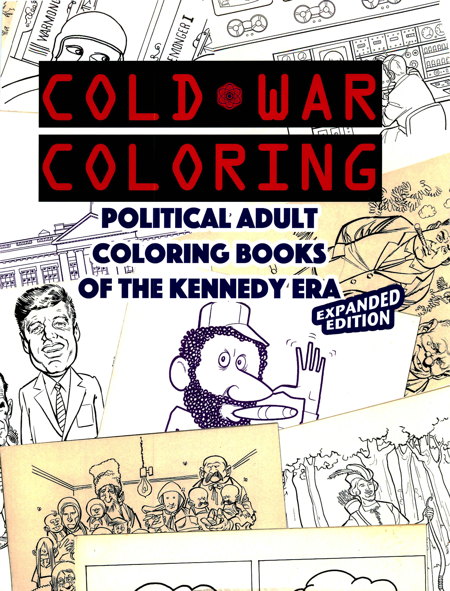
Posted By: Alex - Thu Oct 19, 2023 -
Comments (1)
Category: Politics, Books, 1960s, Satire
1999: Our Hopeful Future
Like most predictive non-fiction, this 1956 volume has both hits and misses throughout. But I was amazed by one page, which predicts flatscreen TVs, a Roomba, and household surveillance cameras, bing-bang-boom!Read the whole thing here.

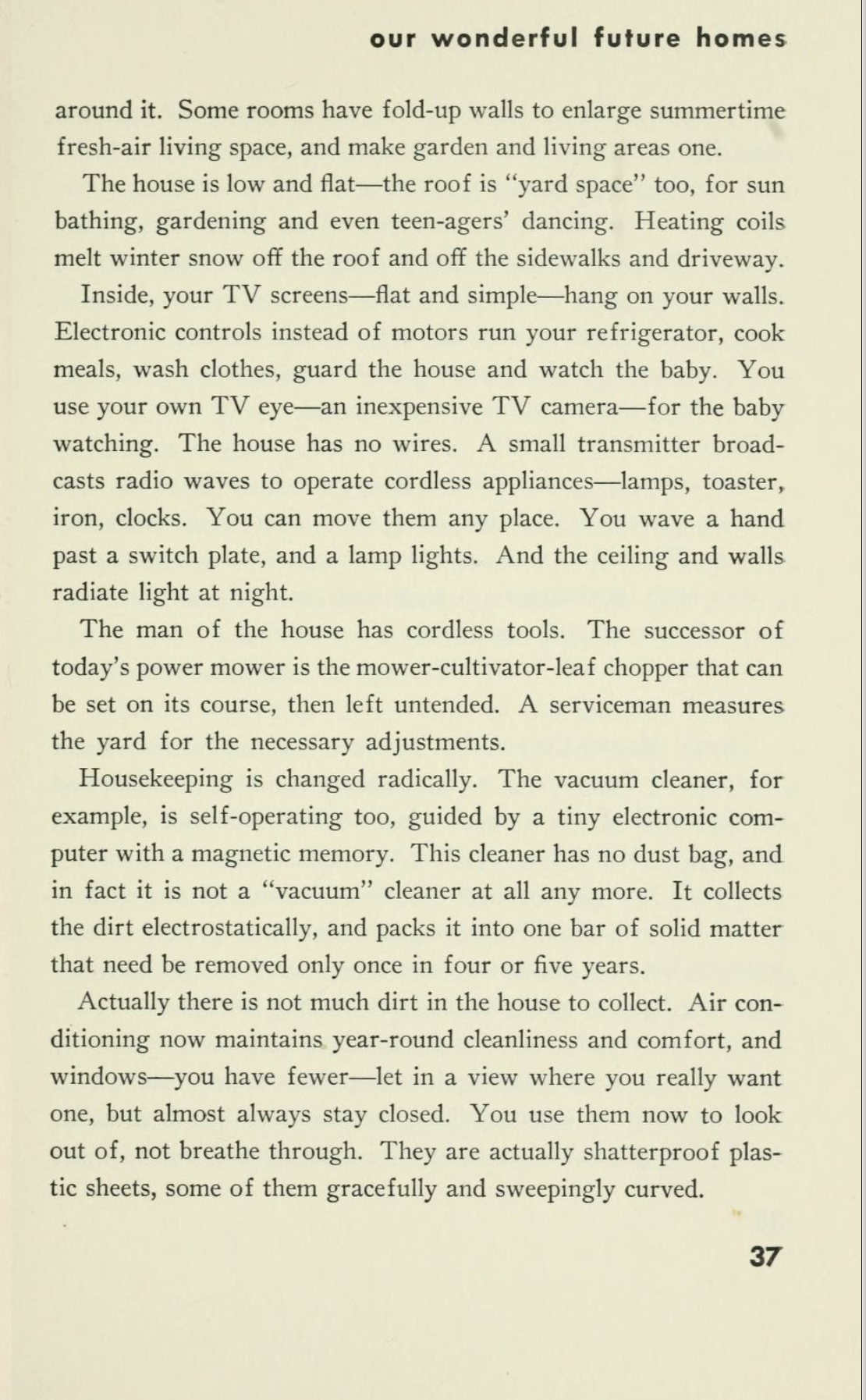
Posted By: Paul - Sun Oct 01, 2023 -
Comments (3)
Category: Predictions, Yesterday’s Tomorrows, Books, 1950s
Mystery Girl of 1947
Pulp International reveals:The Mystery Writers of America, which was founded in 1945 in New York City and soon expanded to other locations, in its early years used to throw what they called a Clues Party. In November 1947 the party was in Chicago, and the MWA awarded the title of Mystery Girl to the woman who performed best in a scream test—as opposed to screen test. Four contestants—Marybeth Prebis, Betty Rosboro, Bobby Jo Rodgers, and Portia Kubin—let fly with their most bloodcurdling screams, and the winner was Kubin, above.
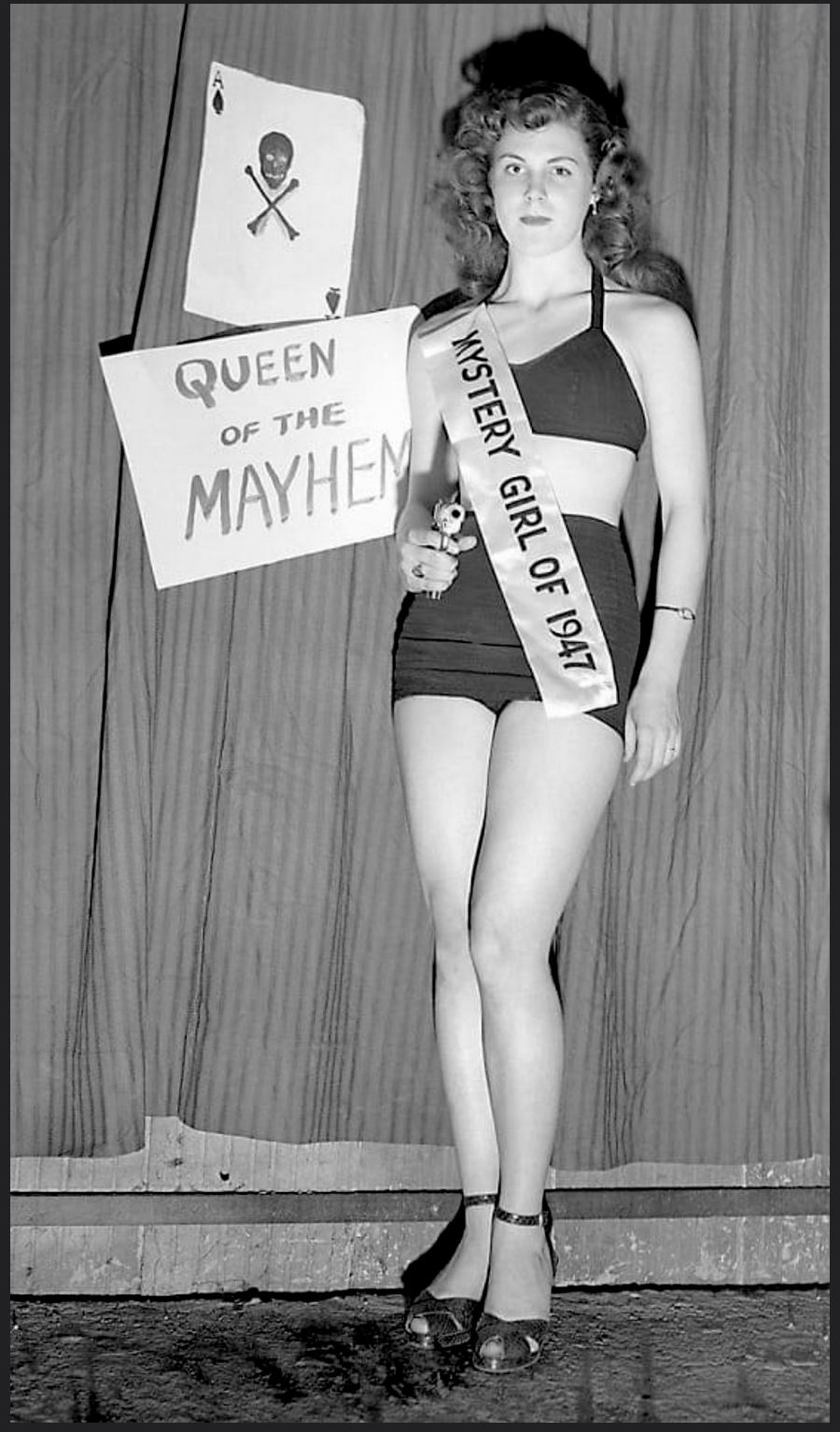
Posted By: Paul - Sat Sep 23, 2023 -
Comments (4)
Category: Awards, Prizes, Competitions and Contests, Beauty, Ugliness and Other Aesthetic Issues, Literature, Books, 1940s, Screams, Grunts and Other Exclamations
Spermy
Multiple copies for sale at Abebooks."Published by The Marine Historical Association, Inc., Mystic, CT, 1950. A brief introduction to whales."
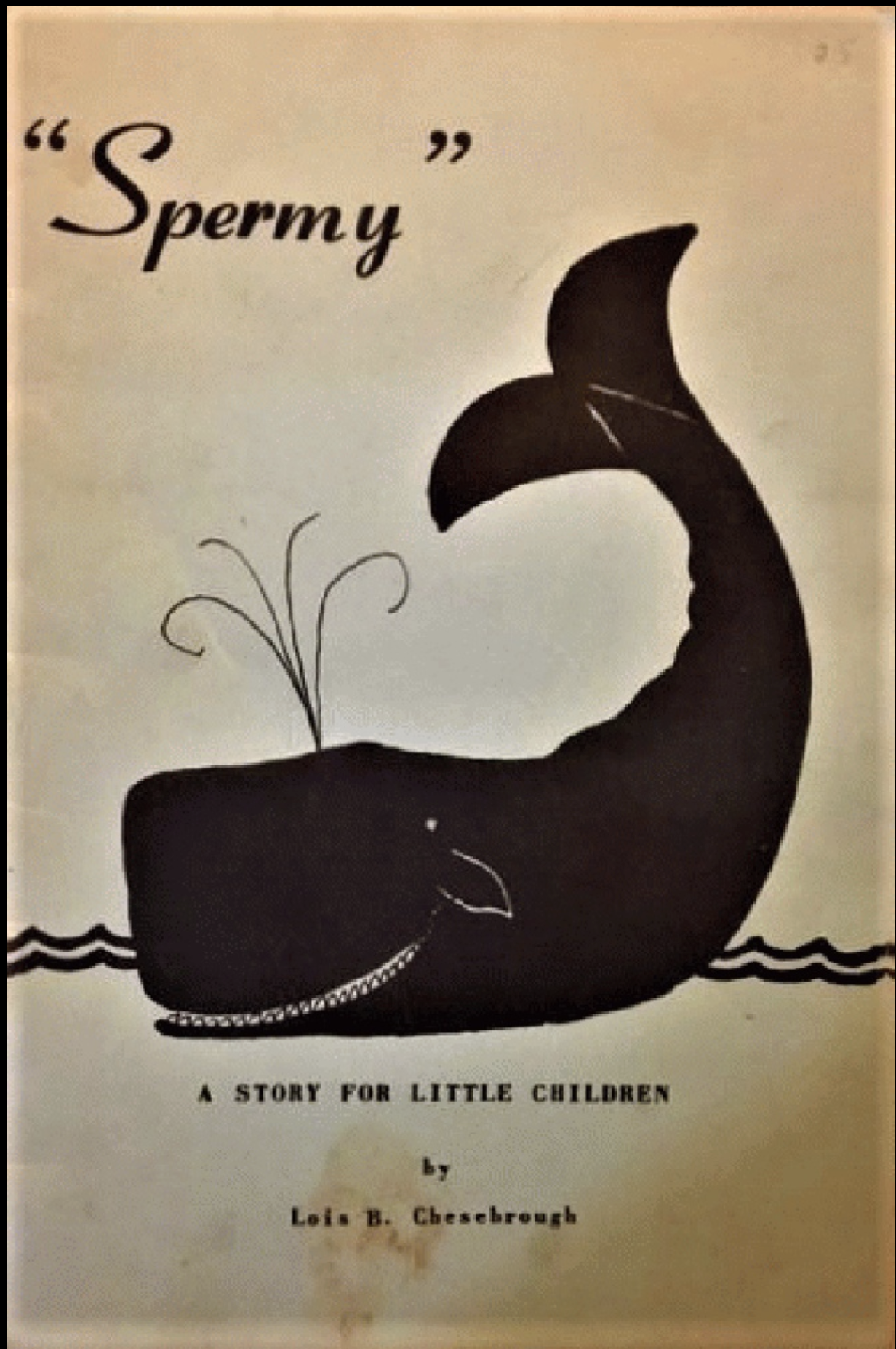
Thanks to Richard Bleiler.
Posted By: Paul - Tue Sep 12, 2023 -
Comments (2)
Category: Innuendo, Double Entendres, Symbolism, Nudge-Nudge-Wink-Wink and Subliminal Messages, Nature, Oceans and Maritime Pursuits, Books, Reader Recommendation
Journal of the Identical Lunch
Journal of the Identical Lunch, published in 1971, records the experiences of artist Alison Knowles and her friends all eating an identical lunch — "a tunafish sandwich on wheat toast with lettuce and butter, no mayo and a large glass of buttermilk or a cup of soup" — though not all at the same time. Knowles herself reportedly ate this identical lunch every day at a New York diner.Copies of the book are now quite rare, so if you want one (perhaps as an investment? The price will surely only go up) it'll cost you at least $200, and perhaps as much as $500.
More info: artnet.com, MoMA.org
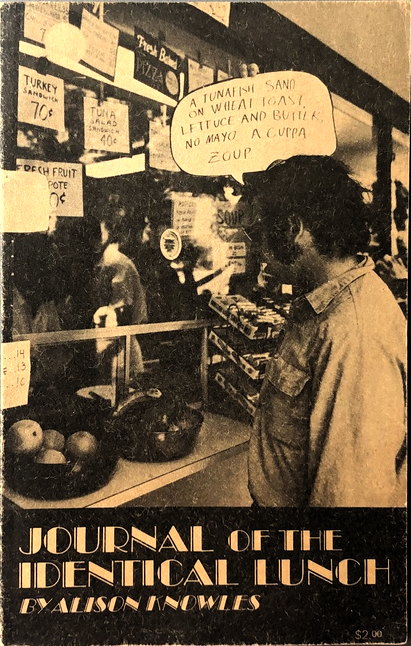
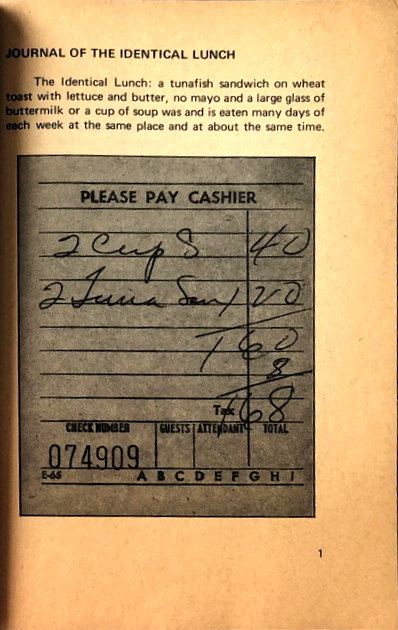
Posted By: Alex - Mon Jul 10, 2023 -
Comments (1)
Category: Art, Food, Books, 1970s

| Who We Are |
|---|
| Alex Boese Alex is the creator and curator of the Museum of Hoaxes. He's also the author of various weird, non-fiction, science-themed books such as Elephants on Acid and Psychedelic Apes. Paul Di Filippo Paul has been paid to put weird ideas into fictional form for over thirty years, in his career as a noted science fiction writer. He has recently begun blogging on many curious topics with three fellow writers at The Inferior 4+1. Contact Us |




